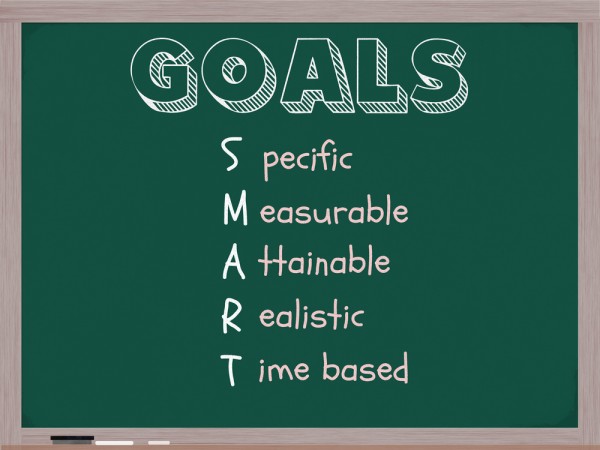If you want to get somewhere start at the end.
The Logic Behind Backwards Design
Introduction
For many completing a project can be a daunting task. Not because we don’t have grand ideas, but because we don’t know exactly how to bring them to fruition. The question often becomes, “Where to begin?”. The trick to bringing a project to a successful conclusion might be to start at the end of the journey and work your way back through the steps to the point where you are at today. Educators have long known of this model, but it is a strategy that works for a variety of projects. Backwards design might just be the best way forward.
Goals & Vision

andrescernapt.bologspot.com
It is vital to have clear goals and visions in place. They need to be clearly articulated and specific. Leave nothing to chance or interpretation. Know exactly what you want from your project.
Keep it Simple

likesuccess.
Keep goals, visions, and plans as simple as possible. The more complicated, the more moving parts, the greater chance there is for error or mission creep. Have only have one, two, at most three clearly identified goals for a project.
Identify Key Elements of the Task
| pepperltd.com |
This is where the backwards part of the process comes into play. Consider all of the key elements that must take place to bring about the desired results. Make no assumptions; rather, consider all of the materials, personnel, skills, events, which must come together to move from one step into the next.
Keep Time in Mind
| eromenicholas.blogspot.com |
Be realistic, not optimistic. Be very conservative in your time estimations. In fact build in extra time, should steps take longer than even conservative estimates allow for. If you don’t know how long a step/process might take, research it don’t guess.
Establish Checkpoints
| site.jcu.edu |
Establish checkpoints to monitor progress, look at quality concerns, and plan alignment. The bigger the project, the easier it is to get off track, and even a slight variation can spell big trouble for the project manager.
Be Realistic
| likesuccess.com |
Be realistic when considering elements, individuals, etc. in the process. Look at each element rationally and ascertain how the process is proceeding. At the end of the day, you will be judged by results, not how optimistic you were going into a failed project.
Refocus at Each Step
| happinessseries.com |
Revisit goals and visions during every step. Are those goals and visions still in focus? Is the project still on the right path? At times goals and visions which initially look good later prove to be unrealistic or unattainable.
Be Flexible
| shiftonline.org |
Plan on being flexible and considering what Plan B might look like. Projects seldom go as initially planned. That doesn’t mean that with a little flexibility they might not be a success anyway. At times altered plans turn out even better than the original vision.
Proactively anticipate problems
Conclusion
Success and failure in project management is really no secret. It hinges on carefully considered planning; articulation and alignment of resources, realistic and level-headed thinking, and clearly articulated goals and visions. When they all come together great things can be accomplished.
No comments:
Post a Comment